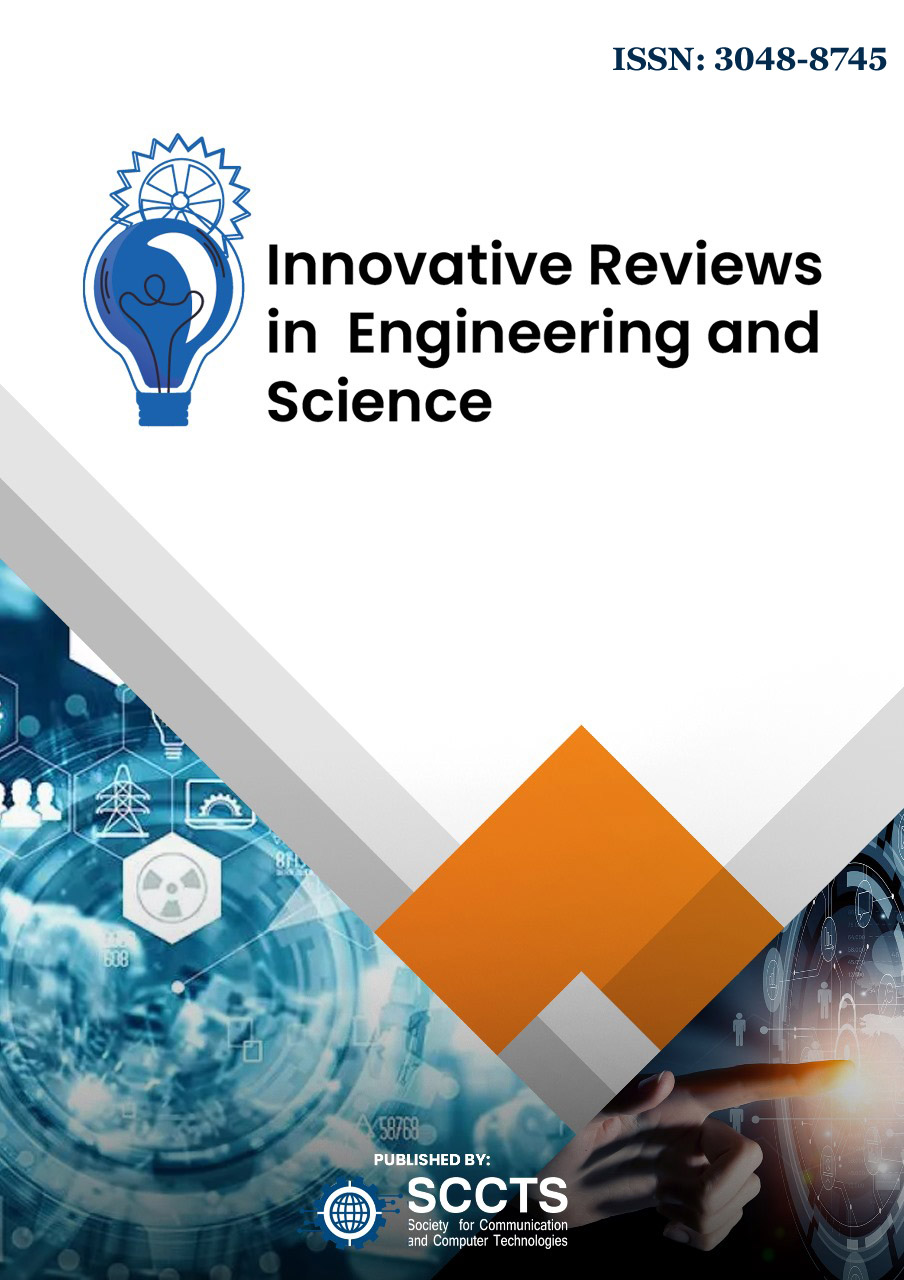Recent Advances in Wearable Biomedical Sensors: Materials, Signal Processing, and Healthcare Applications
DOI:
https://doi.org/10.31838/INES/03.01.11Keywords:
Wearable Biomedical Sensors, Flexible Electronics, Biocompatible Materials, Biosignal Processing, Machine Learning in Healthcare, Edge AI, Continuous Health Monitoring, Remote Patient Monitoring, Physiological Signal Analysis, Healthcare ApplicationsAbstract
The recent trend of wearable biomedical sensors poses a very significant transformation to the current healthcare system; they could monitor the physiological parameters of people in real-time, continuously, providing an early warning of diseases and the ability to treat patients remotely. Based on it the recent developments in the field are thoroughly discussed keeping in view three important areas such as new materials, new signal processing techniques and various healthcare applications. The growth of clinically useful flexible, stretchable and non-toxic materials has contributed greatly to the convenience, life span and skin friendliness of sensors. At the same time, advanced signal acquisition and artificial intelligence processing has enhanced the quality and trustworthiness of biosignal analysis even on the low-resource wearable systems. The paper also examines an extensive variety of clinical, wellness applications, such as chronic disease, rehabilitation, neurological assessment, and pandemic-driven telemedicine. Such challenges as power consumption, data security, interoperability, and long-term biocompatibility are critically discussed. Lastly, concluding remarks on the future research directions will be presented, where the future of intelligent wearable healthcare systems will be determined by developing new technologies such as 2D materials, edge-AI, and next-generation wireless networks.





